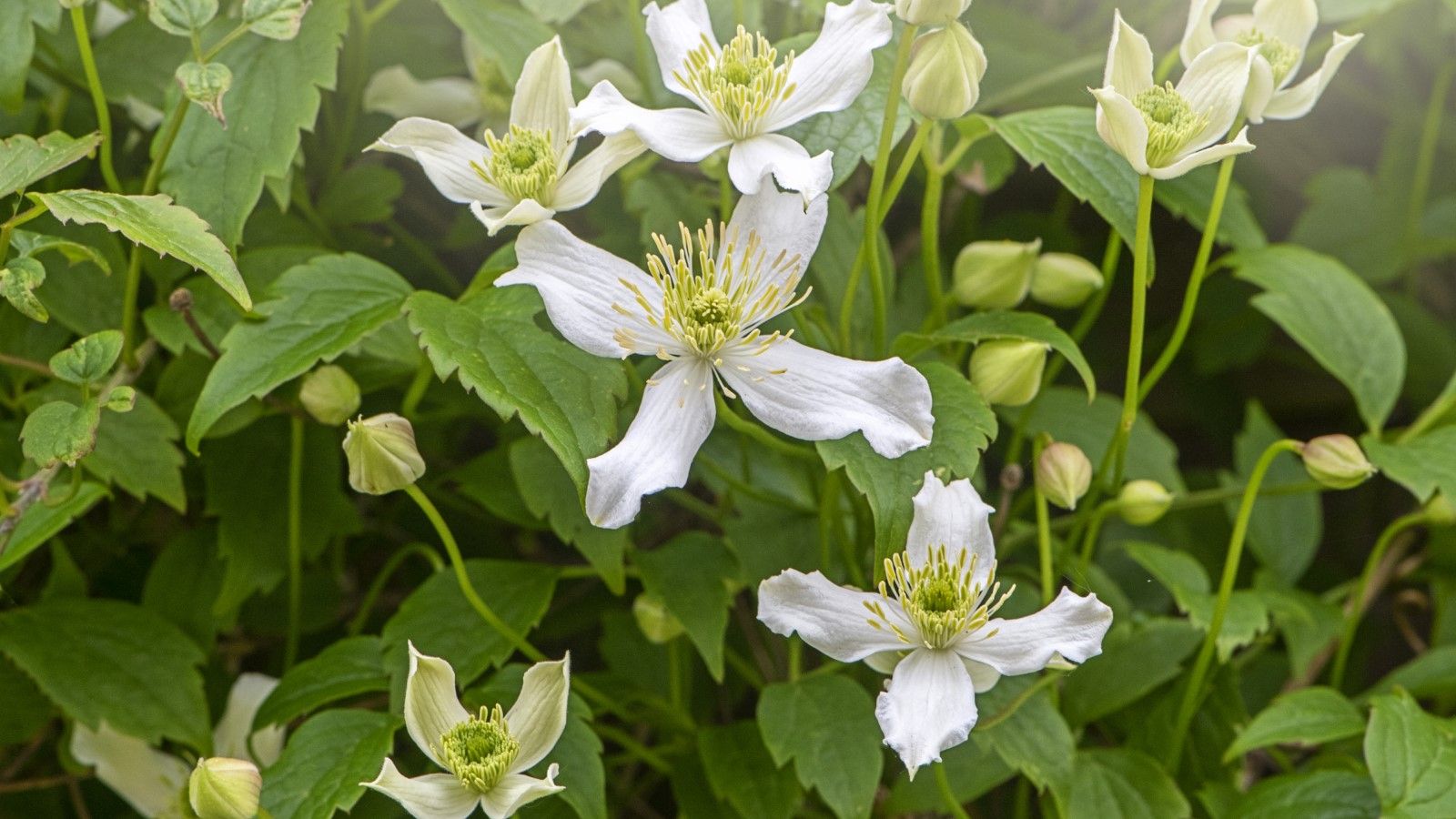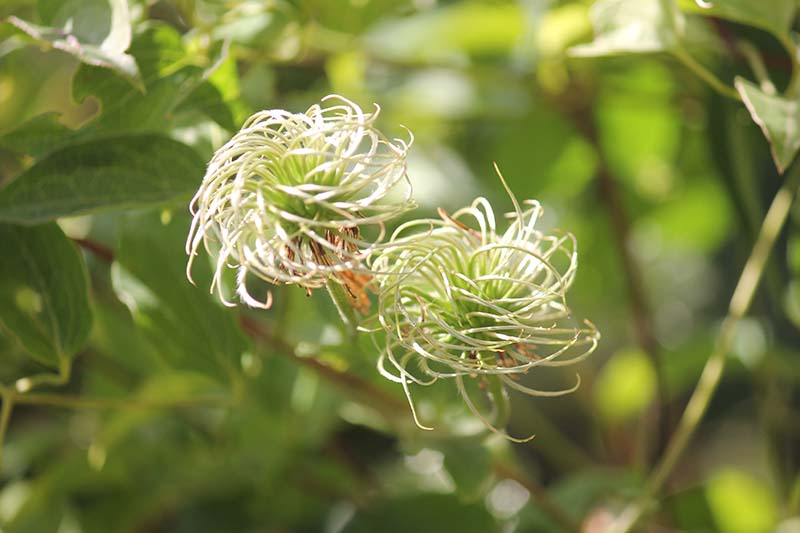Why Pruning Matters for Your Clematis Plant
Pruning is a crucial aspect of clematis care, and understanding its importance can help you decide whether you should deadhead your clematis. By removing spent flowers and stems, pruning encourages the plant to focus its energy on producing new blooms and growth, rather than seed production. This, in turn, leads to a more vibrant and thriving clematis plant. In fact, regular pruning can increase flower production by up to 50%, making it a vital step in clematis care. Moreover, pruning helps to maintain the plant’s shape and size, preventing it from becoming leggy or unruly. A well-pruned clematis plant is not only more aesthetically pleasing, but it’s also healthier and more resilient to disease. So, should you deadhead your clematis? The answer lies in understanding the benefits of pruning and how it can impact your plant’s overall health and appearance.
The Art of Deadheading: What You Need to Know
Deadheading is a crucial technique in clematis care that involves the removal of spent flowers to promote new blooms and maintain the plant’s overall health. But what exactly is deadheading, and how does it differ from pruning? Deadheading is a more targeted approach that focuses on removing individual flowers, rather than cutting back entire stems. This process encourages the plant to redirect its energy towards producing new flowers, rather than seed production. By deadheading your clematis, you can expect to see an increase in flower production, improved plant appearance, and a reduced risk of disease. So, should you deadhead your clematis? The answer is a resounding yes, but it’s essential to understand the art of deadheading to get the most out of this technique.
How to Deadhead Your Clematis Like a Pro
To deadhead your clematis like a pro, it’s essential to follow a few simple steps. First, identify the spent flowers by looking for wilted or faded petals. These flowers will typically be a lighter color than the fresh blooms and may be drooping or falling off the stem. Using clean, sharp pruning shears, cut the stem just above a leaf node, making a clean cut at a 45-degree angle. This will help the plant heal quickly and reduce the risk of disease. When cutting, make sure to remove the entire flower stem, including any seed pods that may have formed. After deadheading, take a moment to inspect the plant for any weak or damaged stems, and remove these as well to promote healthy growth. By following these steps, you’ll be able to deadhead your clematis with confidence and enjoy a more vibrant, blooming plant. Remember, should you deadhead your clematis? The answer is yes, and with these tips, you’ll be well on your way to becoming a deadheading pro.
The Benefits of Regular Deadheading for Your Clematis
Regular deadheading is a crucial aspect of clematis care, offering a multitude of benefits for the health and appearance of your plant. By removing spent flowers, you encourage your clematis to redirect its energy towards producing new blooms, rather than seed production. This results in a significant increase in flower production, making your plant a vibrant and attractive addition to any garden or landscape. Additionally, deadheading helps to improve the overall appearance of your clematis, as it promotes a more compact and bushy growth habit. This, in turn, can help to reduce the risk of disease, as a well-maintained plant is less susceptible to infection. Furthermore, regular deadheading can also help to extend the blooming season, allowing you to enjoy your clematis’s beautiful flowers for a longer period. So, should you deadhead your clematis? The answer is a resounding yes, as the benefits of regular deadheading far outweigh the minimal time and effort required to perform this simple yet effective technique.
When to Deadhead Your Clematis: Timing is Everything
Timing is crucial when it comes to deadheading your clematis. Pruning at the right stage of flower development can make all the difference in promoting healthy growth and encouraging new blooms. The ideal time to deadhead clematis is immediately after the flowers have faded, as this allows the plant to redirect its energy towards producing new growth and flowers. It’s essential to remove spent flowers before they go to seed, as this can reduce the plant’s energy reserves and impact future blooming. Additionally, consider the plant’s growth cycle when deadheading. For example, if you’re growing a spring-blooming clematis, you’ll want to deadhead in late spring to early summer, while summer-blooming varieties should be deadheaded in late summer to early fall. By timing your deadheading correctly, you’ll be able to enjoy a more vibrant and productive clematis plant. So, should you deadhead your clematis? The answer is yes, and with proper timing, you’ll be able to reap the rewards of this simple yet effective technique.
Common Mistakes to Avoid When Deadheading Your Clematis
While deadheading is a simple and effective technique for promoting healthy growth and encouraging new blooms, there are some common mistakes to avoid when deadheading your clematis. One of the most common errors is pruning too much or too little. Over-pruning can stress the plant, leading to reduced flower production and increased susceptibility to disease. On the other hand, under-pruning can fail to stimulate new growth and blooms. To avoid these mistakes, it’s essential to identify spent flowers correctly and prune them at the right stage of development. Another mistake to avoid is not removing enough of the stem when deadheading. This can leave the plant vulnerable to disease and pests. By being mindful of these common mistakes, you can ensure that your deadheading efforts are effective and beneficial for your clematis plant. Remember, should you deadhead your clematis? Yes, and by avoiding these common mistakes, you’ll be able to reap the rewards of this simple yet effective technique.
Deadheading vs. Pruning: What’s the Difference for Clematis?
When it comes to clematis care, two techniques are often mentioned together: deadheading and pruning. While both involve cutting back the plant, they serve distinct purposes and have different applications. Deadheading, as discussed earlier, involves removing spent flowers to promote new blooms and improve plant appearance. Pruning, on the other hand, is a more extensive process that involves cutting back the entire stem or branch to control the plant’s shape, size, and growth. Pruning is typically done during the dormant season to prepare the plant for the next growing season. In contrast, deadheading is a regular maintenance task that should be performed throughout the growing season. So, should you deadhead your clematis? Yes, and understanding the difference between deadheading and pruning will help you tailor your care routine to meet the specific needs of your clematis plant. By incorporating both techniques into your care routine, you’ll be able to enjoy a healthier, more vibrant, and productive clematis plant.
Maximizing Your Clematis’s Potential with Deadheading and Beyond
By incorporating deadheading into your clematis care routine, you’ll be able to enjoy a more vibrant, productive, and healthy plant. However, deadheading is just one part of a comprehensive care routine. To truly maximize your clematis’s potential, it’s essential to combine deadheading with other essential care practices. Fertilization, for example, provides your clematis with the necessary nutrients to support healthy growth and flower production. Watering, on the other hand, is critical for maintaining optimal soil moisture levels. Additionally, regular pest management is crucial for preventing damage from pests and diseases. By combining these practices with regular deadheading, you’ll be able to create a thriving environment that supports your clematis’s growth and development. So, should you deadhead your clematis? Absolutely, and by doing so, you’ll be able to unlock the full potential of your clematis plant and enjoy a stunning display of blooms all season long.







